Keeping your plants healthy and thriving throughout the year requires more than just sunlight and soil—it demands an understanding of how to water them correctly. One of the most important yet often overlooked aspects of plant care is adjusting your watering schedule with the changing seasons. Whether you’re growing indoor houseplants, tending to an outdoor garden, or maintaining a lush lawn, understanding seasonal watering needs ensures that your plants stay hydrated without becoming waterlogged.
In this article, we’ll explore how temperature, humidity, and daylight affect water requirements, and how to modify your watering habits throughout the year for healthier, more resilient plants.
Understanding Seasonal Water Needs
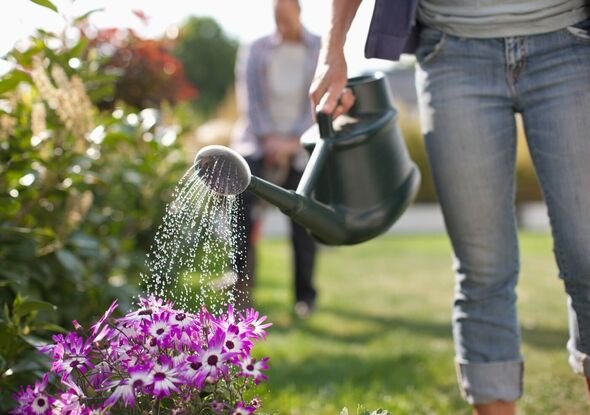
Plants’ water needs are closely tied to their growth cycles, which change with the seasons.
- In spring and summer, most plants enter their active growth phase. This is when they need more water to support new leaves, flowers, and roots.
- In fall and winter, many plants slow down or go dormant, using less water as their metabolism decreases.
Temperature, sunlight, and humidity levels all influence how quickly soil dries out and how much moisture plants absorb. By tuning into these factors, you can create a flexible watering routine that supports your plants through every seasonal transition.
Spring: Transitioning From Dormancy to Growth
Spring marks the beginning of the active growing season. As days grow longer and temperatures rise, plants wake up from their winter rest, developing new shoots and roots. This is the time to gradually increase watering frequency, but with care.
Tips for Spring Watering:
- Observe the soil: Start by checking the moisture level before watering. Winter rains or indoor humidity may have kept the soil damp, so water only when the top inch feels dry.
- Gradual adjustment: Slowly increase watering as temperatures rise. Avoid shocking the roots by suddenly changing your watering pattern.
- Support new growth: Plants in containers or raised beds dry out faster than those in the ground—monitor them closely.
- Fertilizer and watering balance: As you reintroduce fertilizers, ensure proper watering so nutrients dissolve evenly and reach the roots effectively.
Pro Tip: Early morning watering is ideal in spring. It allows plants to absorb moisture before the sun gets strong and reduces the risk of fungal issues.
Summer: Meeting Peak Water Demand
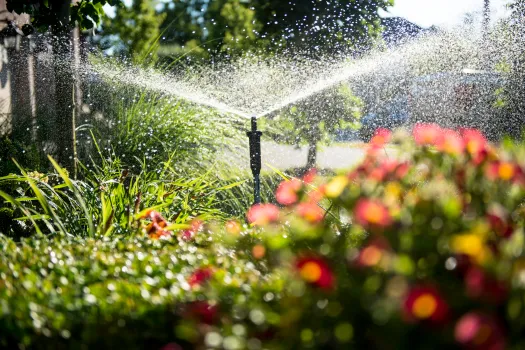
Summer is when plants grow rapidly, bloom abundantly, and require the most water. However, high heat can also cause water to evaporate quickly—especially from shallow soils and containers. Managing watering efficiently during this period is crucial to prevent both dehydration and waste.
Tips for Summer Watering:
- Water deeply, not frequently: Shallow watering encourages weak root systems. Instead, water deeply once or twice a week to promote deeper root growth.
- Time it right: Water early in the morning or late in the evening when temperatures are cooler and evaporation rates are lower.
- Mulch for moisture: Apply organic mulch (like straw, compost, or bark) around plants to retain soil moisture and regulate temperature.
- Watch for signs of stress: Wilting, yellowing leaves, or dry leaf edges indicate water stress. Adjust your watering schedule immediately if you notice these symptoms.
- Container care: Pots heat up and dry out faster than ground soil. Water them daily during extreme heat, but ensure good drainage to prevent root rot.
Pro Tip: Drip irrigation systems or soaker hoses are great for summer watering—they deliver moisture directly to roots, minimizing evaporation and conserving water.
Autumn: Reducing Watering as Growth Slows
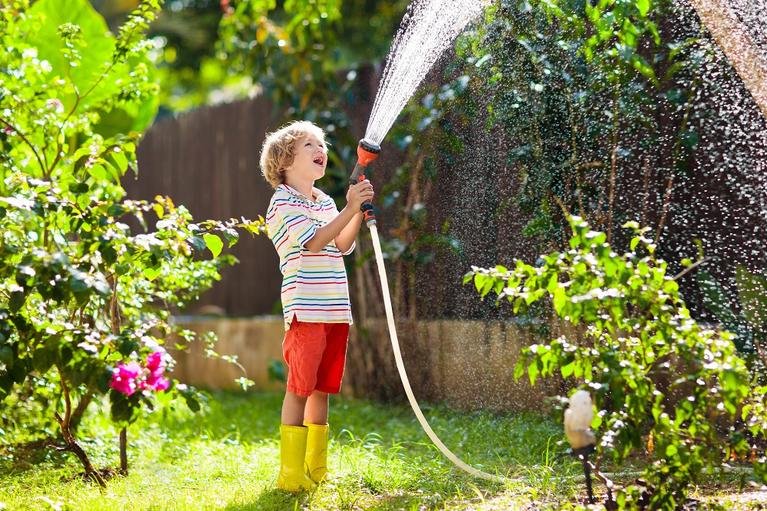
As autumn arrives, days shorten, and temperatures begin to cool. Plants gradually slow down their growth and prepare for dormancy. This is the time to start reducing watering frequency and helping plants transition naturally.
Tips for Fall Watering:
- Monitor the weather: Natural rainfall often increases during fall. Adjust watering based on rainfall amounts to avoid overwatering.
- Gradual cutback: Slowly reduce watering sessions instead of stopping abruptly. This helps plants adapt to changing conditions.
- Support root development: Deep, infrequent watering helps strengthen root systems before winter dormancy.
- Clean up and prepare: Remove fallen leaves and debris from the soil surface to prevent fungal diseases caused by excess moisture.
- Consider plant types: Evergreen plants and newly planted trees still need occasional watering through fall since their roots continue to grow until the soil freezes.
Pro Tip: A good deep watering before the ground freezes can help perennials and shrubs store enough moisture for winter survival.
Winter: Conserving Moisture and Preventing Root Rot

Winter brings cold temperatures and reduced sunlight. Most plants enter dormancy, meaning their metabolic activity—and water needs—drop dramatically. Overwatering during this time is one of the most common mistakes gardeners make.
Tips for Winter Watering:
- Cut back significantly: Water sparingly and only when the soil is completely dry. Indoor plants, in particular, suffer from root rot if kept too moist during dormancy.
- Adjust for indoor heating: Central heating can dry out indoor air, causing faster moisture loss. Mist leaves occasionally or use a humidifier to maintain humidity.
- Avoid cold shock: Use room-temperature water for indoor plants to prevent chilling their roots.
- Outdoor watering (if applicable): On mild winter days (above freezing), water evergreen plants once a month to prevent dehydration from cold winds.
- Drain outdoor systems: Empty hoses, irrigation lines, and watering cans to prevent freezing and cracking.
Pro Tip: Grouping indoor plants together creates a mini microclimate that retains moisture and reduces the need for frequent watering.
Key Factors That Influence Seasonal Watering
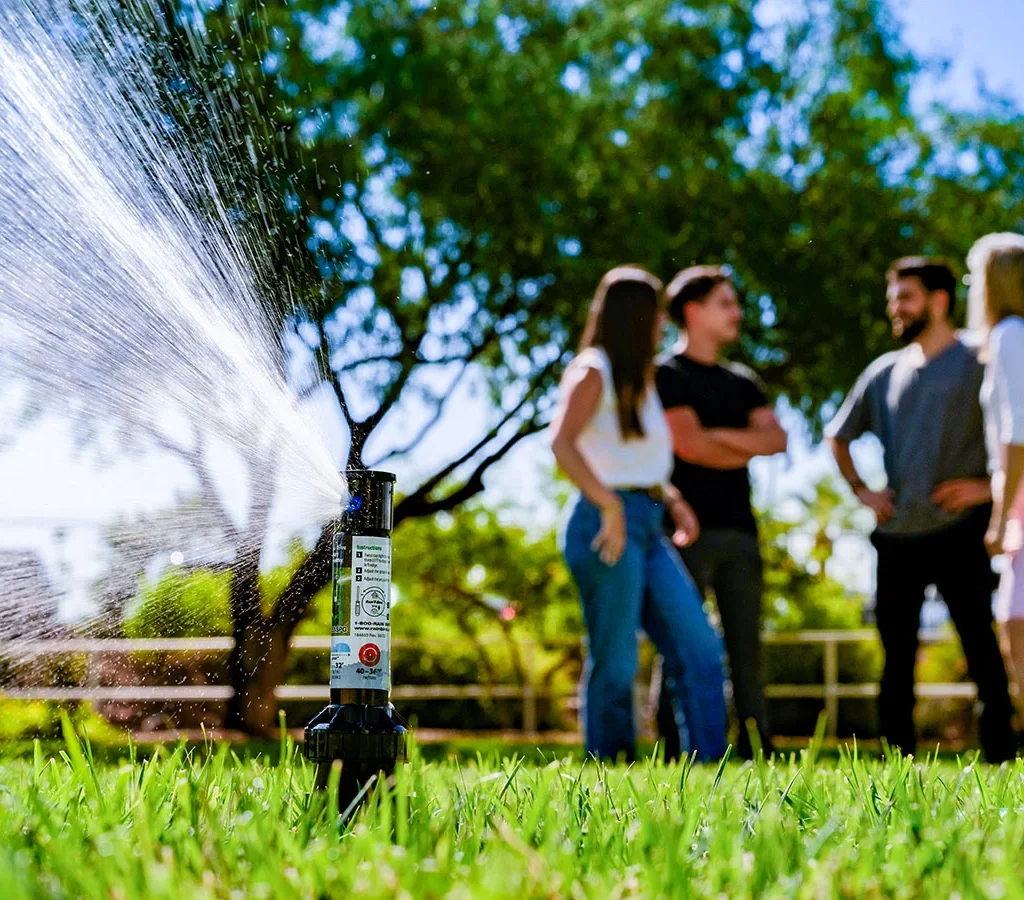
1. Plant Type
Succulents, cacti, and drought-tolerant plants need less frequent watering year-round. Meanwhile, tropicals, ferns, and flowering plants demand consistent moisture—especially in summer.
2. Soil Composition
- Sandy soil drains quickly and needs more frequent watering.
- Clay soil retains moisture longer but risks becoming waterlogged.
- Loamy soil (a mix of sand, silt, and clay) is ideal for balanced moisture retention.
3. Container vs. Ground Planting
Potted plants dry out faster due to restricted soil volume. Outdoor beds, especially those mulched and shaded, retain moisture longer.
4. Light Exposure
Plants in full sun dry out faster than those in partial shade. Always adjust watering based on exposure level.
5. Humidity and Wind
Dry, windy conditions increase evaporation, while high humidity reduces water loss. Adjust your watering schedule accordingly.
How to Tell When Your Plants Need Water
Even with seasonal guidelines, observation is key. Every plant and environment is unique. Use these indicators to gauge watering needs:
- Soil test: Stick your finger 1–2 inches into the soil; if it feels dry, it’s time to water.
- Leaf condition: Droopy, dull, or crispy leaves signal dehydration; yellowing or mushy leaves suggest overwatering.
- Weight test (for pots): Lift the pot—if it feels light, the soil is likely dry.
Investing in a soil moisture meter can provide accurate readings, helping you water with confidence.
Creating a Year-Round Watering Plan
- Spring: Gradually increase watering as plants awaken.
- Summer: Maintain deep, consistent watering, especially during heatwaves.
- Fall: Reduce frequency as temperatures cool.
- Winter: Water minimally, focusing on preventing dryness rather than maintaining lush growth.
Keeping a watering journal can help track what works best for your specific plants and climate. Note weather changes, plant conditions, and watering dates to fine-tune your schedule each year.
Conclusion
Adjusting your watering schedule with seasonal changes is not just about following a calendar—it’s about understanding your plants’ natural rhythms and the environment they grow in. By observing the soil, weather, and plant behavior, you can create a dynamic, responsive watering routine that supports healthy growth year-round.
From the lush vibrancy of summer to the quiet dormancy of winter, plants rely on you to deliver just the right amount of water at the right time. Mastering this balance doesn’t just conserve resources—it builds a thriving, resilient garden that flourishes through every season.
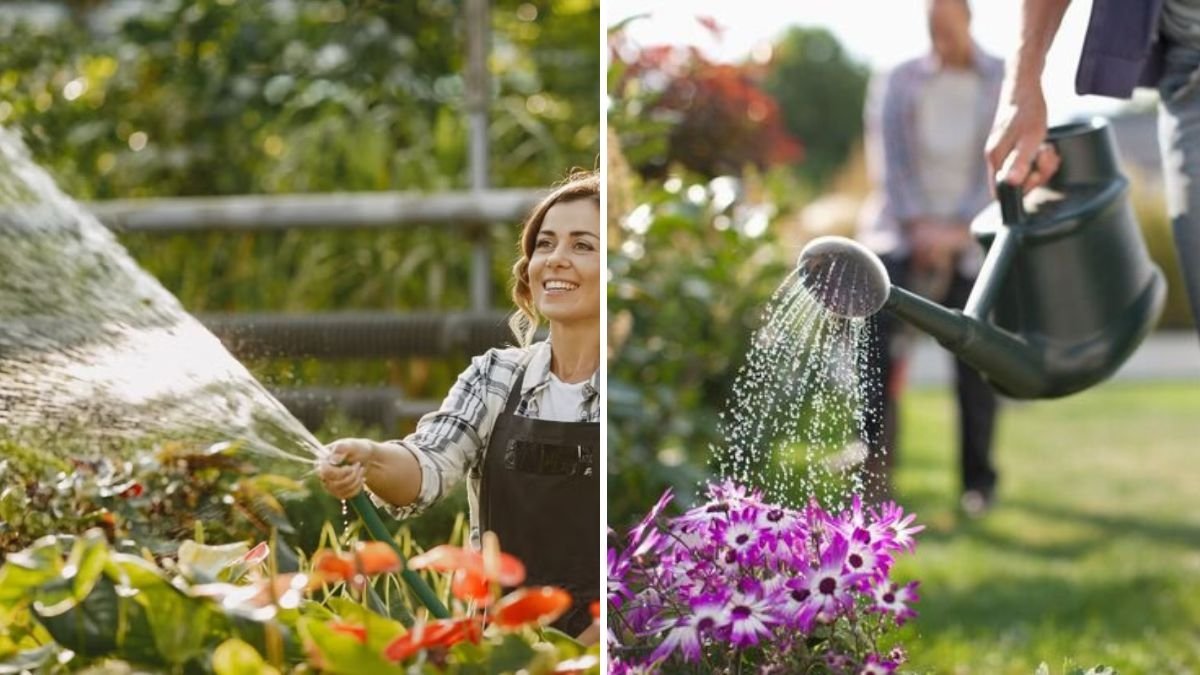




Leave A Comment